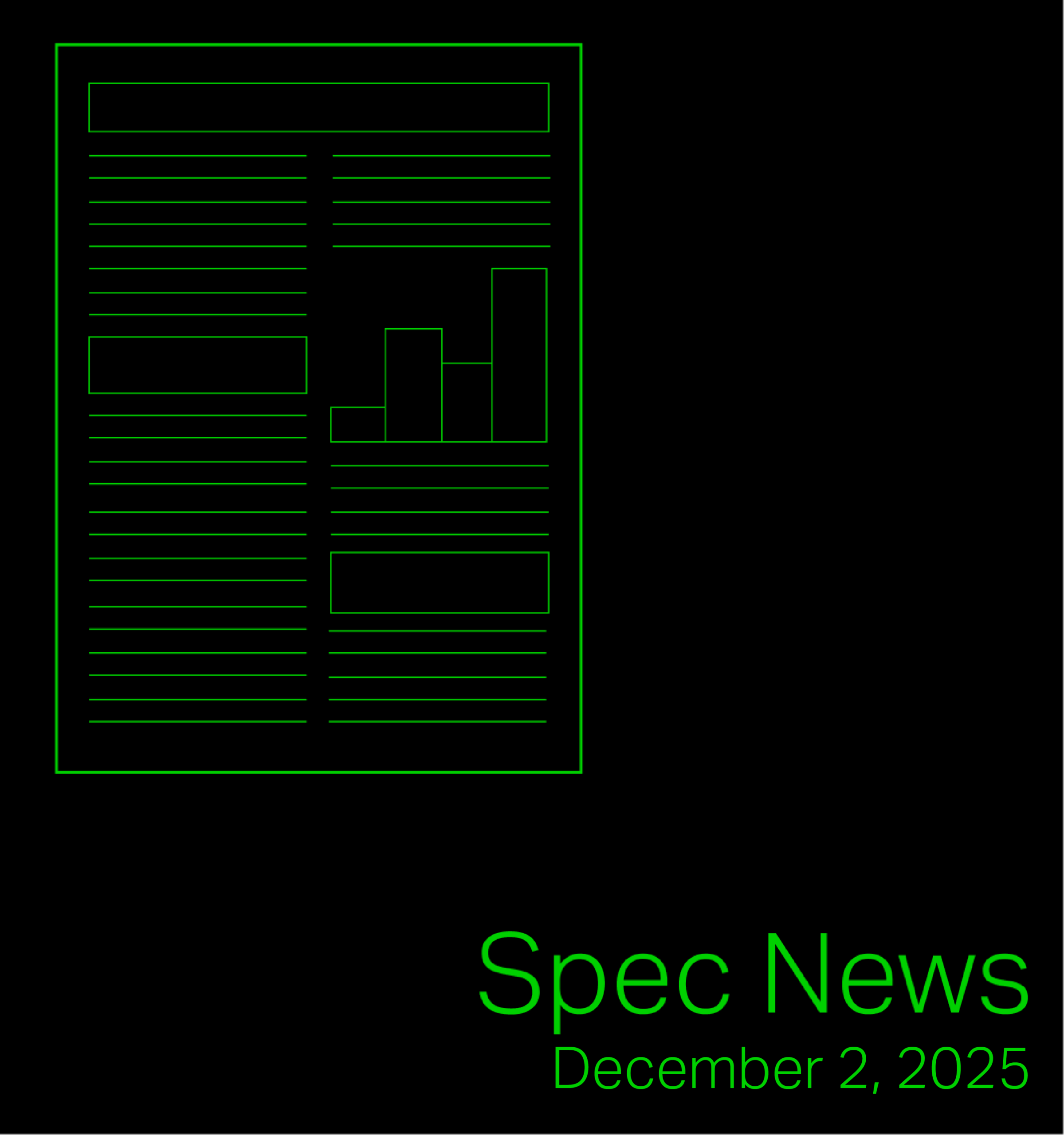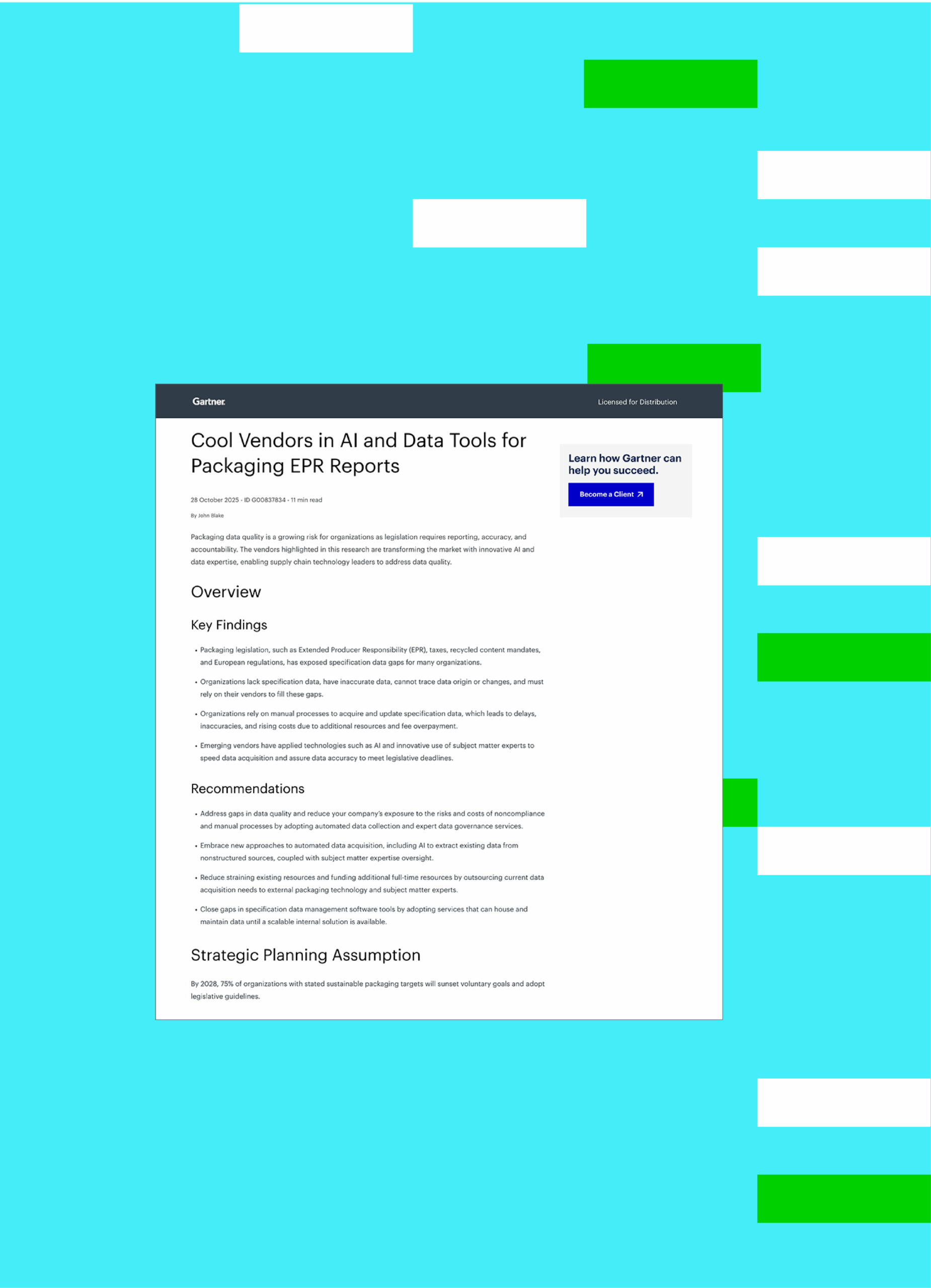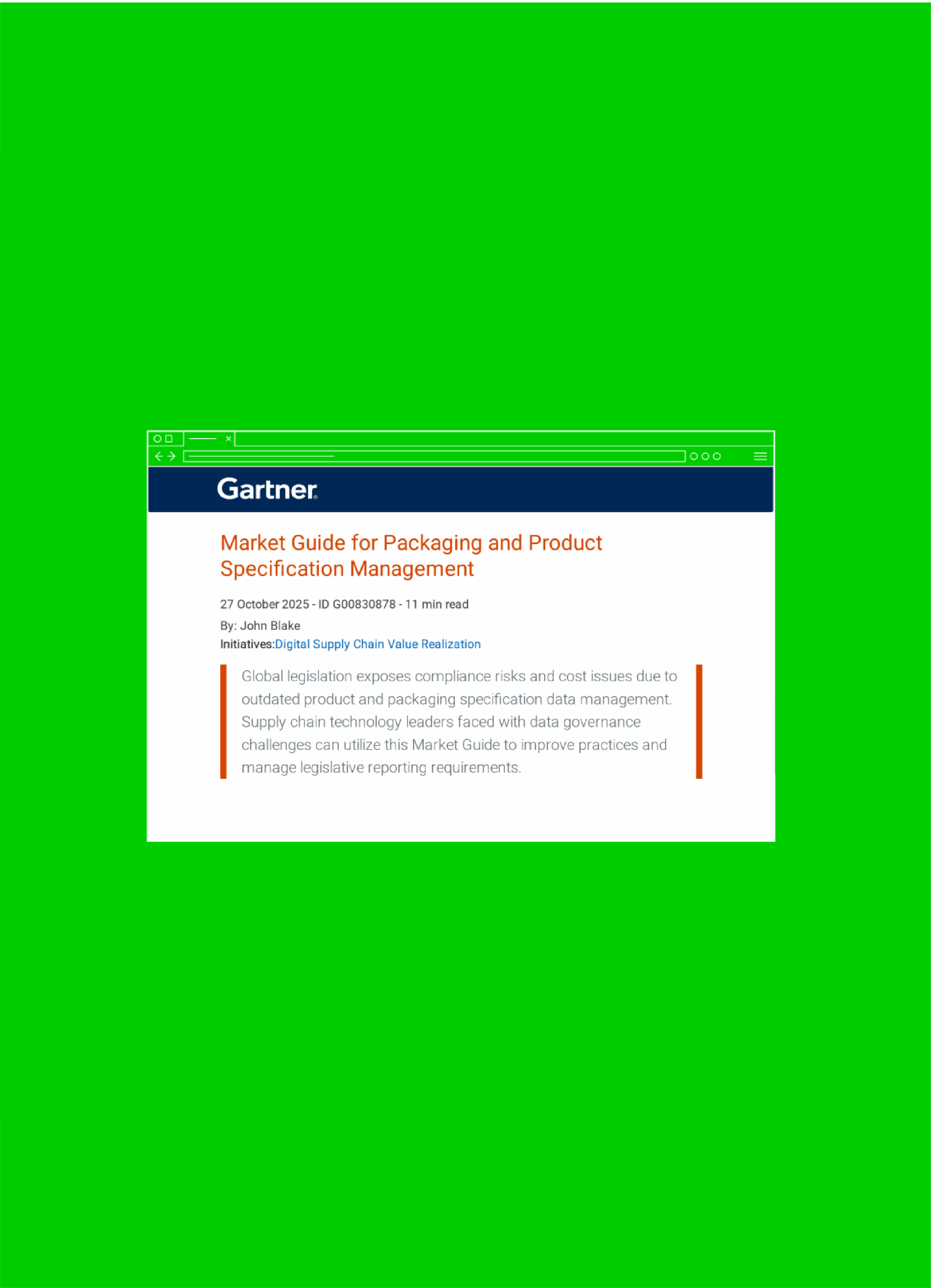What is a Specification?
A specification, or spec, is one of the most business critical aspects when it comes to making products. Specifications, including project specifications and specific product requirements, dictate what’s in the products we use, how they’re produced, and whether or not the product will meet the needs of target consumers.
Specifications Per Industry
In industries such as food & beverage, beauty & cosmetics, and consumer packaged goods (CPG), product specifications are indispensable. They ensure that every item produced meets both regulatory standards and consumer expectations. Food & beverage specifications might include descriptions of ingredient sources, nutritional content, and packaging protocols to comply with health regulations. In the beauty sector, specifications ensure that products maintain consistency in ingredient purity and labeling, vital for consumer safety and satisfaction.
Across all sectors, from medical devices to automobiles, the rigorous application of product specifications affects the entire manufacturing process, highlighting its role in bringing reliable, high-quality, and compliant products to market. As such, understanding and implementing accurate specifications is a necessity for any company aiming to maintain and enhance its market position.
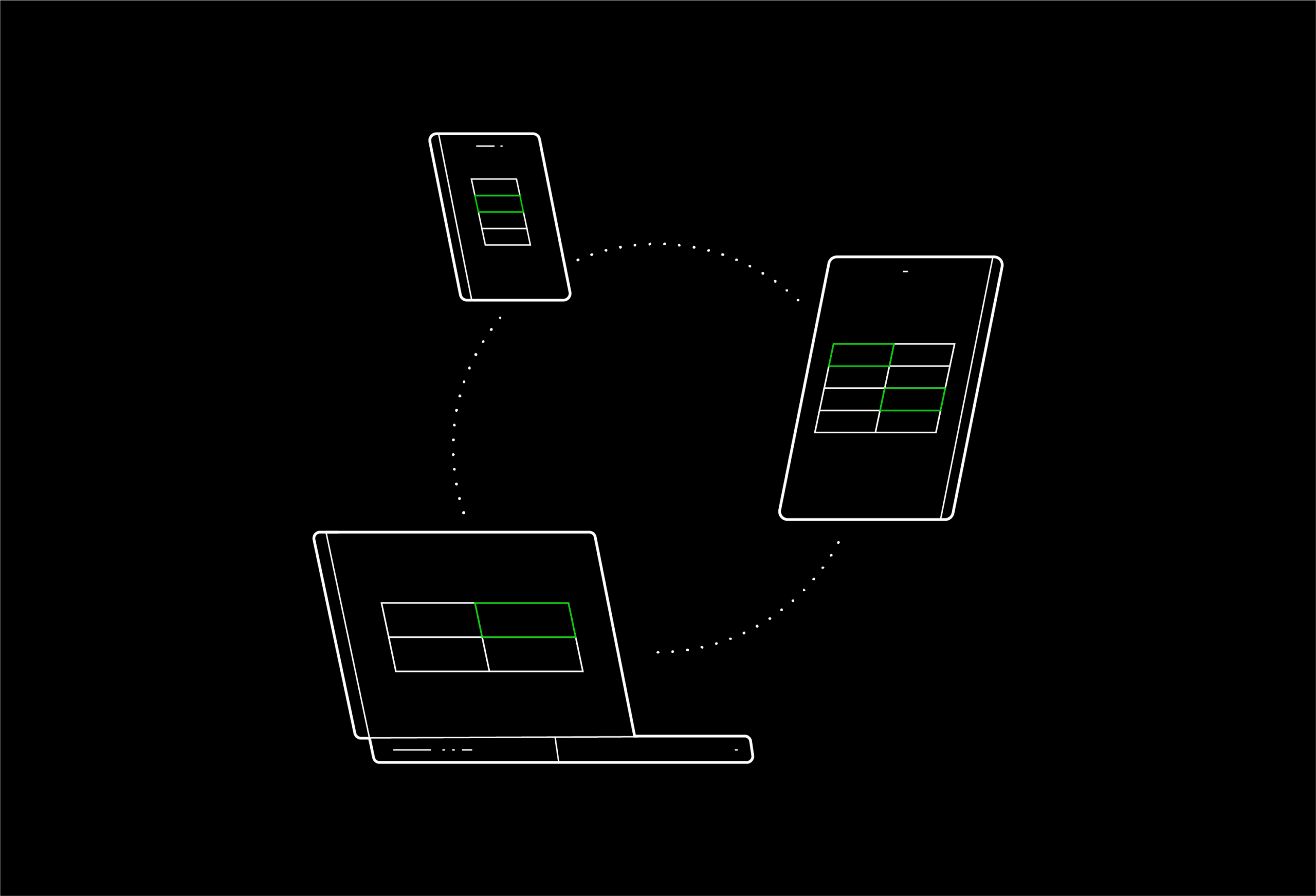
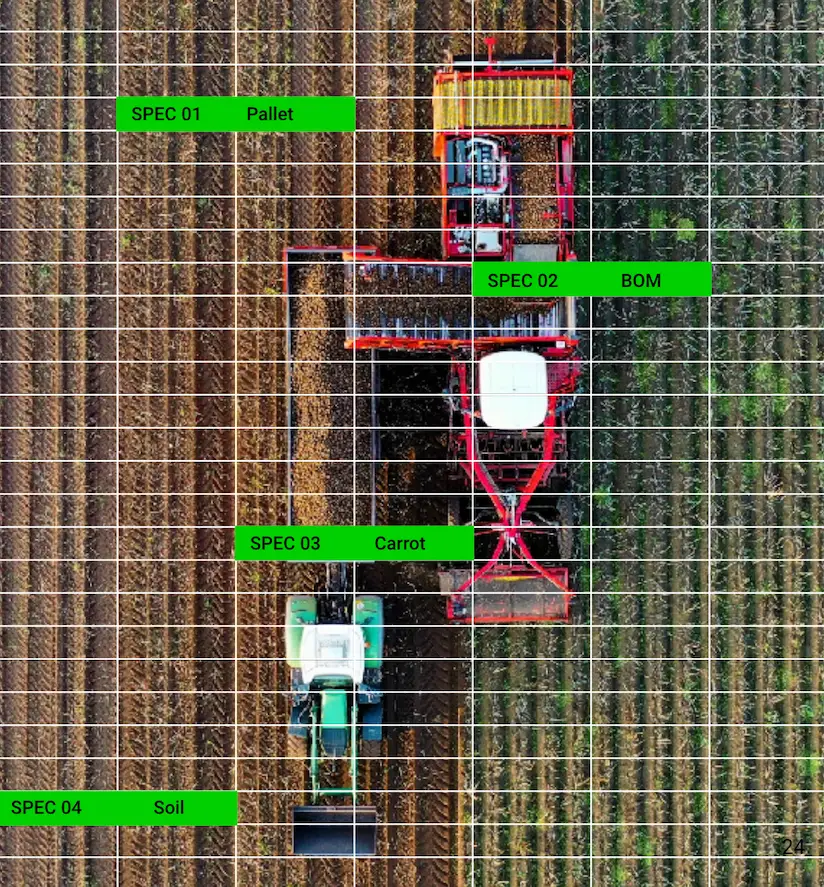
Definition of a Specification
The definition of specification is any of the granular data that goes into the production of items we use every single day. Specifications are an explicit set of requirements including raw materials, ingredients, formulas, packaging, labels, and even the technical requirements of the machinery used. Modern supply chains have tens of thousands of functional specification data points – But what should be included in a specification?
Imagine your favorite smoothie. What do you need to make it? You need ingredients, the recipe, a glass, and a blender, which are all specifications of the product, your smoothie. Now think of something a bit more complex, like the computer you’re currently using. What goes into the production of that? Aside from the parts necessary to make a computer, types of specifications also include any directions or methods needed for successful production, such as tools or machines that are used in the manufacturing process.
What is the Purpose of a Specification?
If you ask a manufacturer to produce something for your company without providing them with a written description of exactly what you want, you’ll likely get something different. Going through multiple iterations of production forces projects to run over budget and fall behind schedule, inhibiting the growth of the company as a whole.
The purpose of a specification is to manage the development process via detailed descriptions of the product design that represent the opinion of what a company wants.
Thinking about specifications from a business perspective, CPG companies typically have an abundance of specifications for any given product they carry, which includes both the product and its packaging. Specs influence millions of dollars in the CPG industry – consider what happens to production without them. Companies can experience product variation, material waste, loss of consumer trust, and the list goes on. Well-managed specifications, including product specifications and detailed technical requirements, enable consistent quality and adherence to International Organization for Standardization (ISO) standards. This consistency ensures on-spec workmanship that builds brand loyalty and gives companies the space to innovate, rather than having to correct current processes.
Who Uses Specifications?
Specifications function as the communication vehicle that contractually binds internal and external stakeholders in agreement of the expectations of the final product. But why are specifications important?
Internal stakeholders
Engineers, quality assurance teams, product developers, and graphic designers are able to utilize spec sheets as formal documentation in which they can explicitly state the technical standards, details, and performance specifications of the product, ensuring what they want out of the production cycle is effectively communicated. Other internal departments such as purchasing need specifications documents to procure materials. Quality teams need specifications to compare what’s coming off the product line to see if it meets the criteria.
External stakeholders
Contractors and subcontractors, suppliers, manufacturers, and distributors use the specifications they’re given as a production map, guiding them to deliver what is asked with quality and precision. Just as the product must adhere to the requirements of standards organizations, the supply chain must adhere to design specifications. If there is an issue, specifications are referenced by all parties involved. Variance in specs can create challenges when it comes to accountability.

What are the Advantages of Specifications?
The importance of specifications goes far beyond project management and supply chain management. Effective specification writing powers ideation, product development, quicker supply chain turnaround, quality management, and ultimately – gives your customers what they want, faster. Imagine what you can do with data specifying every single item behind your product. Build off of current specifications to create new products, use current data to estimate material costs, as well as pricing costs of extending your product line or expanding production, and tie sales to specific features to see what works and what doesn’t.
However, reaching those goals starts with robust specification data management. Specifications require thoroughly documented, written statements, often necessary for compliance with U.S. Department of Commerce regulations and other international agencies, mapping exactly what you want out of the production cycle. Companies today are struggling with having the data they need, but not having a way to manage and make that data actionable.
How Most Specifications are Managed Today
Specifications have become a bit of an enigma, as more integrations and APIs add to the complexity of delivery and adherence. Specs are supposed to free internal and external stakeholders from the confusion and ambiguity that often surrounds production by bridging gaps in communication. However, without proper management of specifications, it’s impossible to use them to their fullest potential.
Current Methods of Specification Management
- Spreadsheets
- PDFs
- Enterprise Resource Planning systems (ERPs)
- Home grown databases
- Pen and paper
These legacy systems frequently cause issues because, frankly, they weren’t built to manage the granular data in specifications and the relationships between them. These issues often result from a lack of version control, which can result in both internal and external stakeholders not being on the same page.
Companies using these systems often find themselves emailing spreadsheets and PDFs back and forth, struggling to update all stakeholders when a change has been made, or scrambling to find that one piece of paper that was “just on the desk a second ago!” These challenges have been compounded by SKU proliferation. As the number of products companies manage continues to grow, these outdated methods of managing specifications makes it difficult to scale.
To take control of specifications, companies need a single source of truth that can be accessed by stakeholders across and outside of their organization. This need has led to a rise of a new category of software – specification management.

The Rise of Specification Management
The reality is that companies have been making products for hundreds of years. So why has it taken so long for companies to adopt a specification management approach? The answer is that major trends have created a need for specification management.
Increased Market Complexity
Globalization, SKU proliferation, and changing consumer tastes have led to an explosion of technical specifications. For example, it was easy when a soda company had one bottle and one can and one label to manage. Now, there are tens of different flavors, various packaging sizes, and languages that have made this data impossible to manage using legacy systems.
No industry is immune to these changes but the most impacted are typically food & beverage, beauty and cosmetics, and consumer goods companies. In fact, companies are realizing that when they go beyond the bill of materials and manage their supply chain at the specification level, they can unlock tremendous benefits. Benefits range from procurement savings, faster speed-to-market, and more sustainable products and packaging.
Future Directions in Specification Management
As the world progresses its evolving landscape of global industries, specifications are not just foundational documents but pivotal tools for risk management and market adaptation. As regulations tighten and sustainability becomes a mandate, the role of specifications is expanding beyond traditional boundaries. Innovations in artificial intelligence and machine learning are set to revolutionize specification management, enabling predictive modeling of product requirements and automating complex documentation processes.
These advancements promise not only to enhance compliance and efficiency but also to empower companies to anticipate and lead market trends effectively. The future of specifications is paired with technological progression, making it essential for companies to adopt advanced specification management systems that can handle the dynamic nature of modern product development.


A World Without Waste
What if we eliminated “allowable waste” for good. It’s a simple concept with a huge impact. If companies adopt a spec-first approach to their data management–it’s better for business and the planet.
Our dedicated sustainability dashboard lets you track and report on progress over time, delivers insights to make products and packaging more sustainable, and flags opportunities for material changes or consolidation.
Why Specification Data Management is the Future of the Supply Chain
In this eBook, learn the macro trends impacting supply chain data management, understand the importance of taking a spec-first approach, and see how companies across industries are using Specification Data Management to reduce costs, create efficiencies, and drive sustainability.
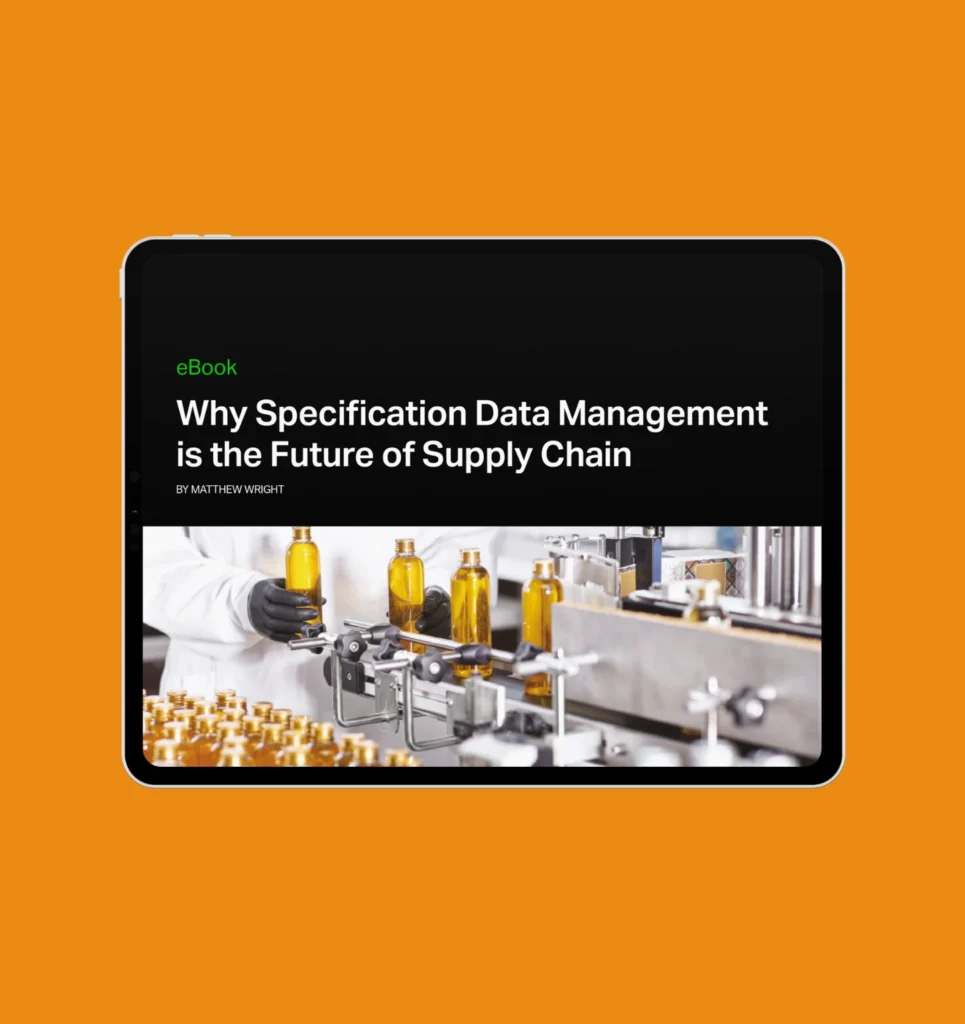
Frequently asked questions
Here are some of the top questions we get about specifications. Don’t see one of your questions answered? Please reach out to us by clicking the ‘Contact Us’ button below.
What is the difference between a standard and a specification?
A standard is a law, policy, or expected level of quality that must be adhered to when creating products or packaging. A specification is a granular piece of data about a product or packaging, and captures information like materials, ingredients, design, manufacturing, and more.
What is a procurement specification?
A procurement specification contains information about the physical attributes, quality, or result of the commodity you are procuring. For example, if you are procuring corrugate, a procurement specification might be that the material can withstand at least 60% relative humidity.
What is a conformance specification
Conformance specifications define requirements that determine whether a product or packaging complies with certain standards. An example of a conformance specification is the upper limit of how many VOCs (volatile organic compounds) an aerosol product may release into the air.
How do you design a specification?
To design a specification, you must capture all of the technical details and performance specifications of a product. There’s often many formats professionals design specification in, leading to difficulty in processing and analyzing data. Specright’s patented Specification Management platform offers hundreds of specification templates to ensure your supply chain is on the same page.
What is a design specification example?
A design specific includes details about the design of a product or packaging. For example, a design specification might include the dimensions of a bottle cap.
What is a product design specification?
A product design specification includes the details and data that specify the design of a product. For example, a product design specification might include the color of the product.
Discover the Impact of Specification Management
Access our free resource library, and learn how to focus your data strategy, innovate, and drive your bottom line growth from industry experts.
Winning with a Spec-First Approach
At Specright, we like to say, “If you get the spec right, the rest follows.” But don’t just take our word for it. Hear from our customers on the value they’re achieving from a spec-first approach.
“With Specright, we’ve been able to remove non-value added administrative work and spend more time on things our customers are actually paying us for when it comes to packaging design. Having good and readily available information has been key for us.”
Nick Malewicki
Sr. Automation Engineering Manager, Pactiv Evergreen
“Finally, a user-friendly spec system. I think the biggest strength of Specright is its ease of use. While many spec systems take a week or more of training to use effectively, anyone who regularly uses a company can navigate the Specright interface.”
Alex F.
Manager, Packaging Engineer
“We have the capability to manage everything in Specright and know that we’re working with the latest information. Specs are the base – and if it’s in the system, it’s right.”
Paul Gray
Director of Continuous Improvement, Central Garden & Pet
“Now it takes me longer to draft an email to my co-manufacturers than it does to actually run a report and export the quality data to send them. It’s literally a click of a button.”
Jennifer Blaser
Senior Quality Manager, Soylent
“The ease of use made something as complicated as moving to a new program so simple. Training and implementation for this was so easy.”
Garrett Cardinal
Advance Packaging Corporation

